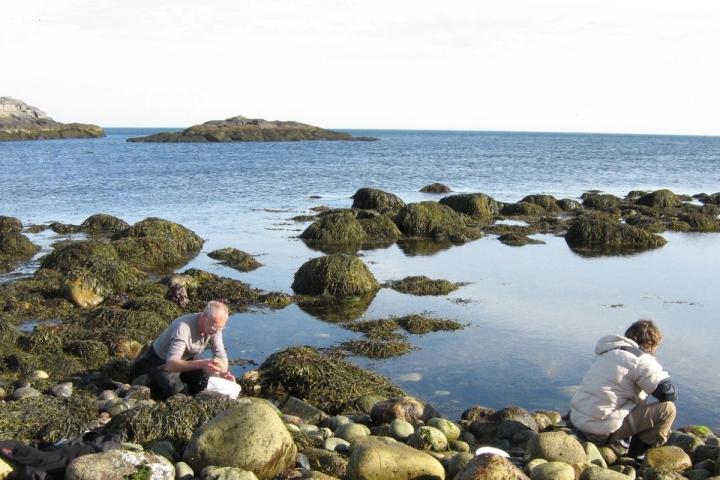Researchers at St Petersburg University have deciphered the Intoshia variabili gene, the smallest representative of the parasite from the Orthonectida group.

Credit: SPbU
‘Orthonectida is a group of parasitic creatures that was discovered long ago – in 1877. However, their position in the animal system until recently remained a mystery,’ said George Slyusarev, Professor at St Petersburg University and Doctor of Biology. ‘Initially, they were considered extremely primitive animals that occupy an intermediate position between Protozoans and Metazoans. Hence, their old name is “mesozoa”: from the Greek “meso” – “between” animals and protists. However, when we began to research them, they turned out to be not that simple.’
The idea of sequencing the genome of the smallest orthonectid came to the scientists from St Petersburg University in 2016 when they were carrying out another investigation. They were deciphering a genome of another species, a little larger, called Intoshia linei. At that time, it turned out to be one of the smallest genomes among metazoans. So, the researchers from St Petersburg suggested that the smaller Intoshia variabili might have even smaller genomes. Moreover, they could be compared and it would be possible to learn more about the evolution of these mysterious creatures.
The major challenge is whether the development of orthonectids corresponds to the basic tenets of the evolution of parasites, which over time not only become smaller and simpler morphologically, but also get rid of ‘stuffer’ fragments of the genome. To find this out, the scientists went to the University Marine Biological Station: it was here that Intoshia variabili was first discovered and described, which can also be found in the Barents Sea. It is quite difficult to grow these parasites in the laboratory, so biologists have to collect them in the field and in very small quantities. Then the samples are brought to St Petersburg, where molecular studies are carried out at the facilities of the Research Park of St Petersburg University.
“It turned out that the genome of the smallest representative of orthonectids that we sequenced contains the minimum number of genes that is ever possible for the normal functioning of a metazoan. At the moment, this is the smallest genome among all metazoans.”
-Natalya Bondarenko, Candidate of Biology, Senior Research Associate, St Petersburg University
‘Its size is 15.3 million base pairs. The number of genes is 5,120, and half of them are the so-called orphan genes, which do not group with any other genes known to science. They are unique to orthonectids. We continue to work in this direction to understand what these genes are and how they work in the genome,’ said Natalya Bondarenko, Candidate of Biology and Senior Research Associate at St Petersburg University.
Moreover, the scientists from St Petersburg University were able to find genetic evidence that orthonectids belong to a specific type of animal – Annelida. Interestingly, as Natalya Bondarenko notes, among the annelids there were no real intraorganism parasites and orthonectids became a unique exception. Additionally, the biologists say that finding an organism with such a small genome is a great success, because it is convenient to use it as a model object for various studies.
‘Ortonectids themselves are not as interesting as general biological issues related to the study of the evolution of parasitism in general: how does simplification occur in different groups of animals; how does it differ; and why do they come to the same thing in a variety of ways. The recent data makes it possible for us to move in any direction and study specifically, for example, the evolution of the nervous system and many other aspects,’ explained Natalya Bondarenko.
###
Media Contact
Polina Ogorodnikova
[email protected]
Related Journal Article
http://dx.




